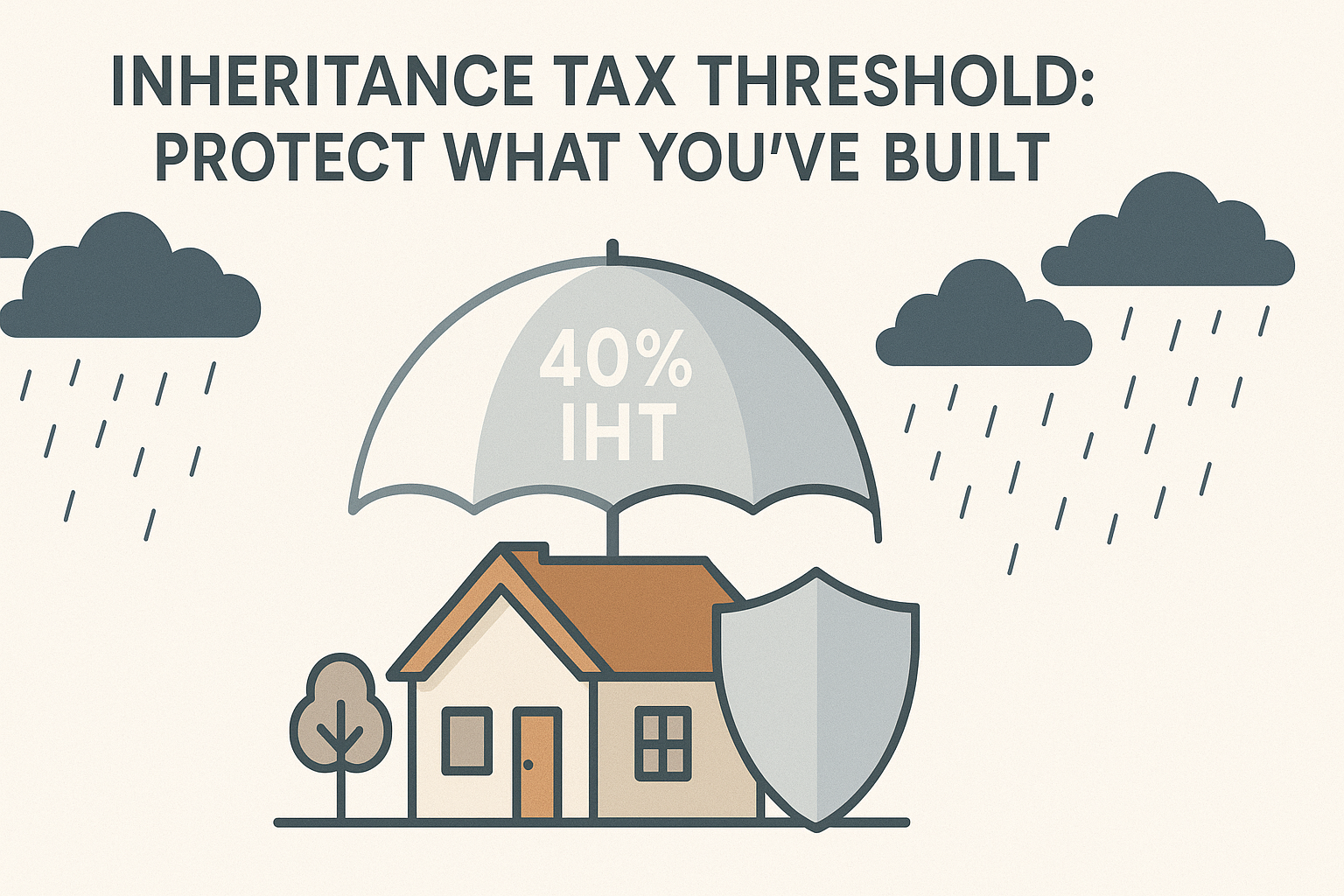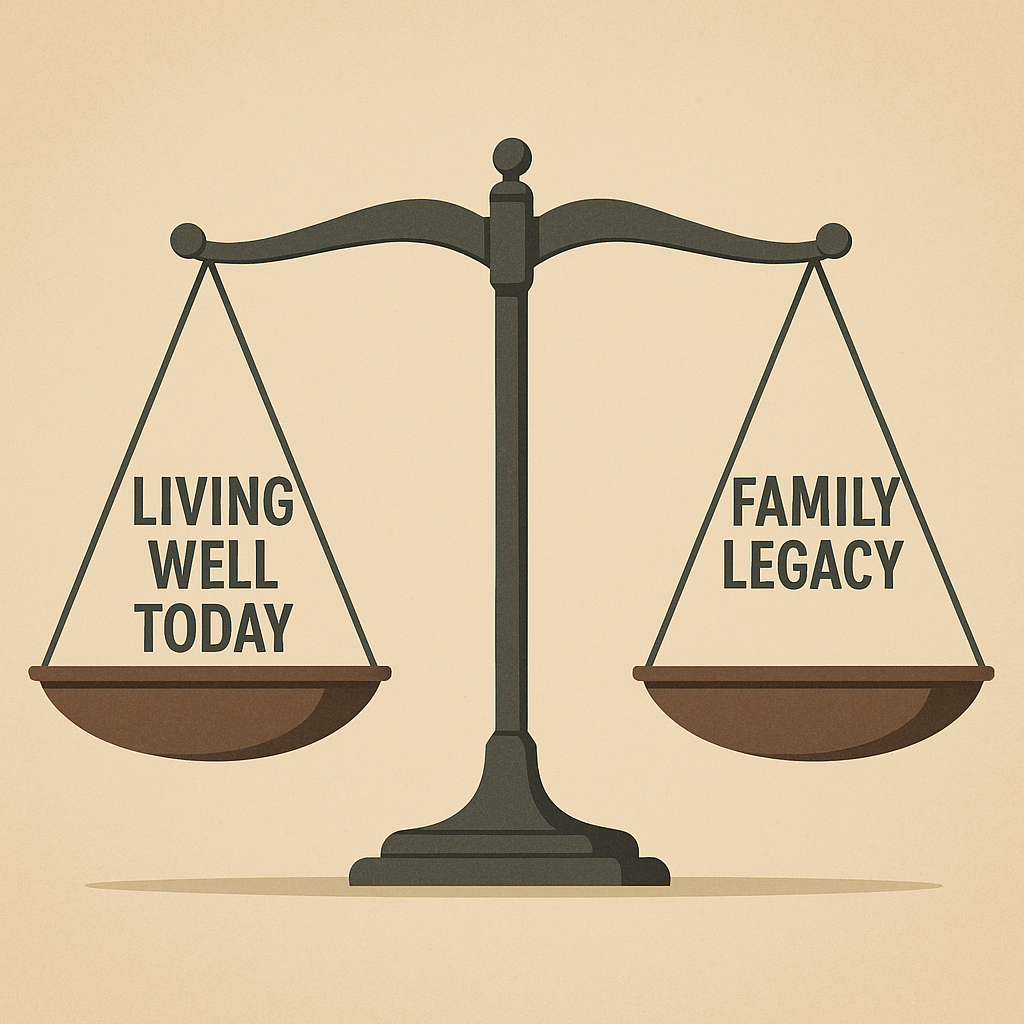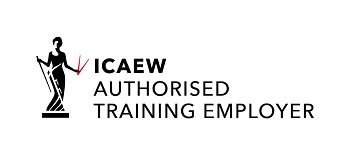
The letter from HMRC nobody wants to receive. That’s how most of us view anything related to inheritance tax. I’ve seen grown adults go pale at the mere mention of it – and frankly, I don’t blame them. The labyrinthine rules, the constantly shifting thresholds, and that nagging feeling that the taxman is going to take a massive chunk of what you’ve spent decades building.
But here’s the thing – inheritance tax doesn’t have to be the boogeyman under your financial bed. With some clever planning and a dash of foresight, you can navigate these choppy waters without capsizing your family’s financial future. And yes, that planning starts right now, not when you’re drafting your will with trembling hands at 85.
The Numbers Game: Current Inheritance Tax Threshold
Let’s cut to the chase – the nil-rate band (the amount below which no inheritance tax is due) has been frozen at £325,000 since 2009. Yes, you read that correctly – 2009! You can find more information on the current thresholds directly from HM Revenue & Customs (HMRC).
This freeze is essentially a stealth tax, as inflation pushes more estates over the threshold each year. Quite clever from the Treasury’s perspective, absolutely maddening from ours.
On top of this basic inheritance tax threshold sits the residence nil-rate band (RNRB), currently at £175,000. This additional allowance applies when you’re passing your main home to direct descendants. Details on the RNRB can be found on the GOV.UK website. Combined, these give a potential tax-free threshold of £500,000 per person.
For married couples and civil partners, any unused allowance can be transferred to the surviving spouse, potentially creating a combined threshold of £1 million. Sounds generous until you consider house prices in London and the South East, doesn’t it?
Here’s a breakdown of how these thresholds work in practice:
| Component | Individual Threshold | Couple’s Combined Threshold | Notes |
|---|---|---|---|
| Basic Nil-Rate Band | £325,000 | £650,000 | Frozen until April 2028 |
| Residence Nil-Rate Band | £175,000 | £350,000 | Only applies to main residence passed to children/grandchildren |
| Total Potential Threshold | £500,000 | £1,000,000 | Assuming residence nil-rate band can be fully utilized |
The rate of inheritance tax remains at 40% on anything above these thresholds – which, let’s face it, is a hefty chunk of change that could otherwise stay in the family. Learn more about Inheritance Tax rates.
The Stealth Squeeze: Frozen Thresholds and Rising Asset Values
Picture this: The government announces with great fanfare that they’re not raising inheritance tax threshold. Sounds positive, right? Well, not exactly. By freezing the thresholds while assets (especially property) continue to rise in value, they’re ensuring more estates will creep over the limit each year.
It’s like standing still on an escalator that’s moving downward – you’re not changing position, but you’re certainly heading in a direction you didn’t choose.
This ‘fiscal drag’ effect means that according to estimates from the Office for Budget Responsibility (OBR), the Treasury is set to rake in approximately £7.3 billion in inheritance tax during the 2023/24 tax year – up from £5.4 billion just a few years ago. That’s a lot of family wealth being redirected to government coffers!
I spoke with a client last month who was absolutely shocked to discover her modest semi-detached home in Surrey, purchased for £85,000 in the early 90s, is now valued at over £700,000. Factor in savings, investments, and life insurance payouts, and her estate had quietly crept well over the threshold without her realizing it.
Planning Ahead: Strategies to Mitigate the Inheritance Tax Burden
Here’s where things get interesting – and where a bit of smart planning can make all the difference. I’m not talking about offshore schemes or anything that would raise an HMRC eyebrow (heaven forbid – though if you ever face an HMRC investigation, we can help). Just solid, legitimate strategies that make the most of what the rules allow.
The Seven-Year Gift Clock
Gifts made more than seven years before death are exempt from inheritance tax. This seemingly simple rule is actually a powerful planning tool. Making significant gifts while you’re still fighting fit resets that seven-year clock and potentially removes assets from your taxable estate. More details on gifts and exemptions from Inheritance Tax are available on GOV.UK.
But – and this is crucial – you can’t still benefit from the asset. Giving your house to your children but continuing to live in it rent-free won’t cut the mustard with HMRC. They call these “gifts with reservation of benefit,” and they’ll be taxed as if you still owned them.
The rules on ‘taper relief’ (how the tax reduces over the seven years) are also worth understanding:
| Years between gift and death | Tax payable |
|---|---|
| Less than 3 years | 40% |
| 3 to 4 years | 32% |
| 4 to 5 years | 24% |
| 5 to 6 years | 16% |
| 6 to 7 years | 8% |
| 7+ years | 0% |
(Note that the taper only applies to the tax due, not the value of the gift itself – a common misconception I hear all the time.)

Annual Exemptions – Small but Mighty
Don’t overlook the power of annual exemptions. You can give away £3,000 each tax year, completely free of inheritance tax concern. Didn’t use last year’s allowance? You can carry it forward for one year, giving a potential £6,000 allowance.
There are also exemptions for:
- Wedding or civil partnership gifts: (up to £5,000 for a child, £2,500 for a grandchild, £1,000 for anyone else) – see GOV.UK guidance on wedding gifts.
- Normal gifts out of income: that don’t affect your standard of living – see HMRC’s detailed guidance PDF (page 21).
- Small gifts: of up to £250 per person (to as many people as you like, as long as they haven’t received a gift from your £3,000 annual exemption).
These might seem trivial compared to the overall tax bill, but deployed consistently over years, they can make a meaningful difference. It’s financial death by a thousand cuts – but in a good way!
Trust in Trusts (But Understand Their Limits)
Trusts used to be the go-to solution for inheritance tax planning, but rule changes have made them less attractive than they once were. That said, they still have their place in the planner’s toolkit. You can find general information about trusts and Inheritance Tax on GOV.UK.
Certain trust arrangements like a discounted gift trust can provide you with an income while potentially reducing the inheritance tax bill. These are complex structures though – definitely not DIY territory.
The team at Ask Accountant regularly helps clients navigate these complexities, setting up arrangements that balance access to funds with tax efficiency. One client recently told me that understanding trust options was like “finally seeing the chess board after years of playing checkers.” I wouldn’t go quite that far, but I take the compliment!
Real Property, Real Challenges: The Family Home Problem
For most British families, the family home represents the bulk of their wealth. It’s also the asset most likely to push estates over the inheritance tax threshold, especially in high-value areas. The residence nil-rate band was introduced specifically to address this issue, but it comes with strings attached:
- It only applies when leaving your home to direct descendants (children, grandchildren).
- It’s tapered away for estates worth more than £2 million (see GOV.UK guidance on when the RNRB is tapered).
- The property must have been your residence – buy-to-let properties don’t count.
For those with estates likely to exceed £2 million, consider balancing assets between spouses to maximize use of both allowances. It’s a bit like going through customs – each person should carry just under the limit, rather than one person carrying everything.

Business Relief – The Entrepreneur’s Escape Hatch
Own a business? Here’s where things get interesting. Certain business assets qualify for Business Relief at either 50% or 100%, potentially removing them from your taxable estate completely. More information can be found on the GOV.UK page for Business Relief for Inheritance Tax. Our Business Advice services can help explore this.
This typically includes:
- Shares in an unlisted qualifying company (including AIM-listed companies – though specific conditions apply).
- A sole trader business or your share in a partnership.
- Land, buildings, plant and machinery used wholly for business purposes.
I’ve worked with several business owners at Ask Accountant who’ve restructured their affairs to maximize this relief. One client shifted from primarily holding cash and investment properties to developing an active business portfolio specifically with inheritance planning in mind.
It worked beautifully for him – though I must emphasize that any business investment should make commercial sense first, tax sense second. HMRC tends to look unfavorably at arrangements where tax avoidance seems to be the primary motivation.
Pensions – The Forgotten Planning Tool
Here’s something many people miss – pensions can be incredibly effective inheritance tax planning vehicles. Since pension reforms in 2015 (often referred to as ‘Pension Freedoms’), defined contribution pensions can often be passed on without forming part of your taxable estate. You can find more information from MoneyHelper on pension death benefits.
The rules are complex and vary depending on when you die (before or after age 75) and what type of pension you have. But as a general principle, keeping wealth within your pension wrapper and drawing from other sources first can be an effective strategy.
I’ve raised eyebrows at many client meetings when suggesting they might want to spend their ISAs before their pensions – it seems counterintuitive until you understand the inheritance tax implications.
When All Else Fails: Life Insurance as a Solution
Sometimes, despite your best planning efforts, a significant inheritance tax bill is inevitable. This is where life insurance can come to the rescue – not to avoid the tax, but to provide liquid funds to pay it.
A whole-of-life policy written in trust can provide your beneficiaries with a tax-free lump sum specifically designed to cover the inheritance tax bill. This prevents the nightmare scenario of having to quickly sell family assets, often at a discount, to meet HMRC’s tight payment deadlines. MoneyHelper offers guidance on life insurance and trusts.
For estates where the main asset is the family home or a business, this can be particularly valuable. The annual premiums can be considerably less painful than the alternative.
The Planning Paradox: Living Well vs. Saving Tax
There’s a fundamental tension in inheritance tax planning that deserves acknowledgment – the more aggressively you plan to reduce the tax, the more you might constrain your own financial freedom during your lifetime.
I’ve seen clients become so fixated on the inheritance tax bill that they deny themselves comfortable retirements, living like misers while sitting on substantial wealth. That’s hardly a victory in my book.
The best inheritance tax strategy balances reducing the tax burden with ensuring you maintain financial independence and quality of life. After all, you’ve earned it! This balance looks different for everyone – there’s no one-size-fits-all solution.

Getting Expert Help (Without Breaking the Bank)
Given the complexity of inheritance tax rules and the individual nature of each family’s circumstances, professional advice is almost always worth the investment. But that doesn’t mean you need to spend a fortune.
An initial consultation with a tax specialist can help identify which planning strategies are most relevant to your situation. At Ask Accountant, we’ve developed specific services around inheritance tax planning or inheritance tax threshold that combine education with actionable steps.
You don’t need to implement every possible strategy – often, focusing on two or three key approaches will deliver the bulk of the benefit without overwhelming complexity.
The Changing Landscape: Keeping Your Plan Updated
If there’s one certainty in tax planning, it’s that the rules will change. Political winds shift, government priorities evolve, and yesterday’s perfect strategy can become tomorrow’s tax nightmare.
I recommend reviewing inheritance tax plans at least every three years, or whenever there’s a significant change in either:
- Your personal circumstances (marriage, divorce, grandchildren, property purchase)
- Tax legislation (which seems to happen with increasing frequency – keep an eye on HMRC’s news and communications).
Many clients come to us at Ask Accountant with plans that were perfectly sound when created but have been rendered ineffective (or even counterproductive) by subsequent rule changes.
Final Thoughts: Beyond the Numbers
When we talk about the inheritance tax threshold, we easily get caught up in rates, and exemptions. But at its heart, this isn’t about numbers – it’s about family, legacy, and the values you want to pass along with your wealth.
I’ve sat with families who’ve used the inheritance planning process as an opportunity to have meaningful conversations about money and values for the first time. These discussions can be transformative – and are often worth far more than any tax saving.
Whether your estate is worth £500,000 or £5 million, taking time to consider how your wealth can best serve your family’s future is time well spent. And if you can legally reduce the tax bite along the way? Well, that’s just the cherry on top.
Need specific advice tailored to your situation?
The team at Ask Accountant specializes in creating practical inheritance tax strategies and inheritance tax threshold that balance tax efficiency with real-world practicality.
Call us on +44 (0)20 8543 1991
Or visit our offices at: 178 Merton High St, London SW19 1AY for a confidential consultation.








IHT Tax Traps: How to Avoid the 40% IHT Tax Rate in 2025 - Chartered Accountants
May 21, 2025[…] tax hits estates valued above the nil-rate band threshold—currently frozen at £325,000 until 2028 (thanks, inflation) (See current IHT thresholds on […]